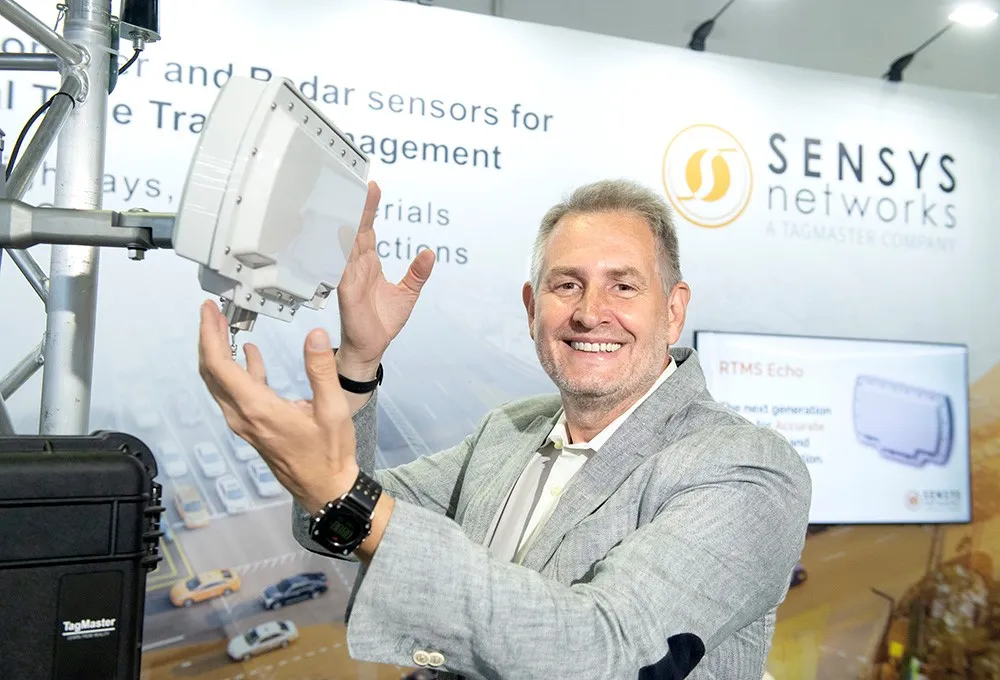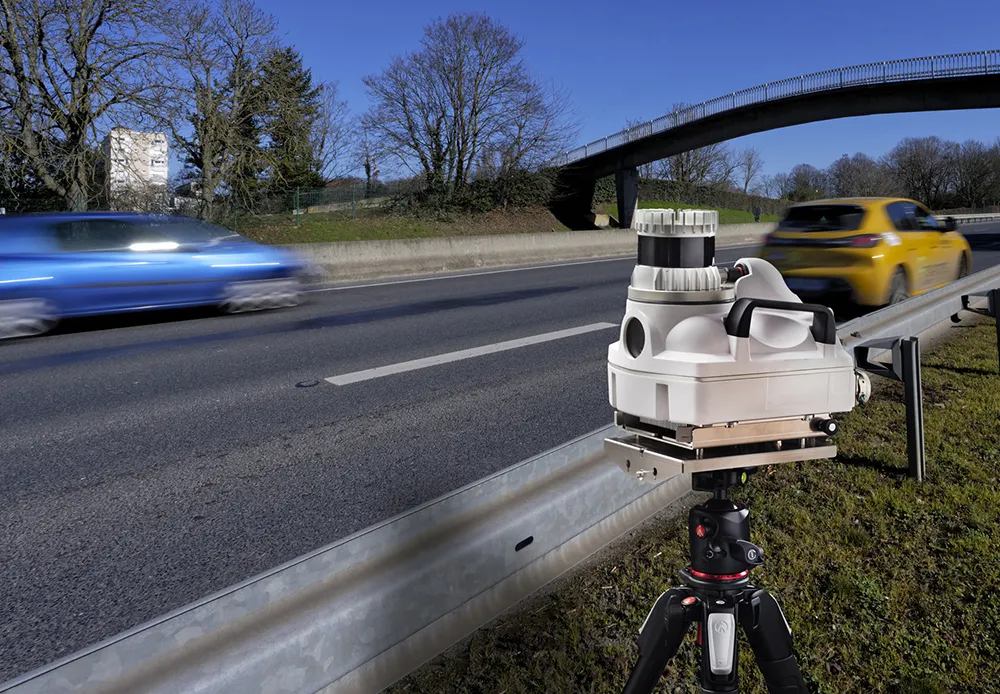
The device can be mounted on the side of the road for traffic data collection and works in all weather and lighting conditions. Additionally, it measures all vehicles in eight user defined lanes and all traffic measurements are on per-vehicle, per-lane basis, available in real time and stored in the device memory. The lane-by-lane vehicle counts, length-based class, average and 85th percentile speeds, occupancy, headway and gap measurements and the companion windows application provides GUI to set all configuration parameters, to display real time plots of targets and view snapshots and streaming HD video.
SpeedLane comes with a built-in long range Class I 2.1+EDR Bluetooth, RS232/RS485 serial ports and Ethernet and has 512 Mbytes of on-board storage plus µSD card expansion slot.










